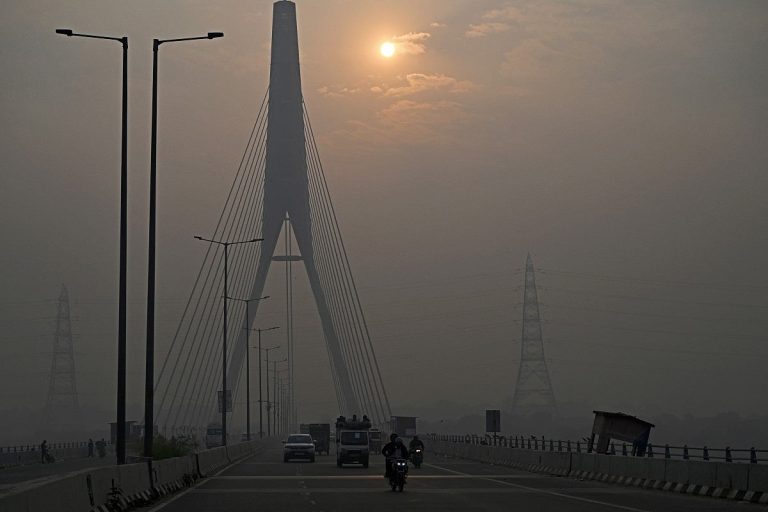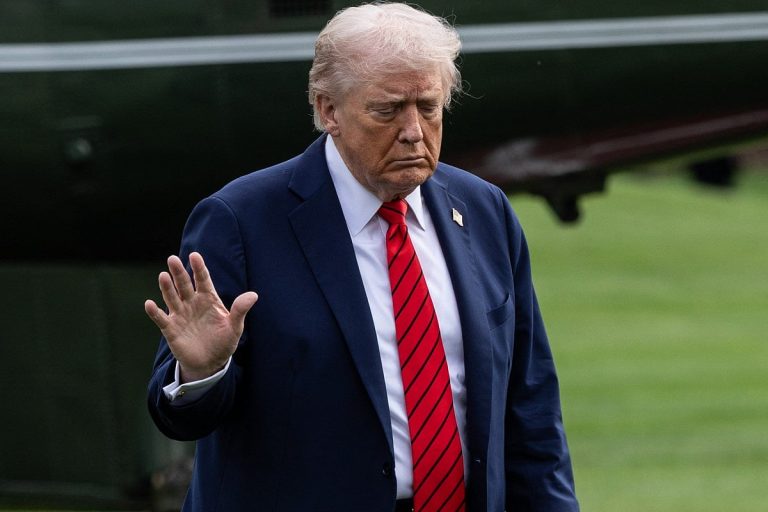Tensions Escalate in Gaza Amid Ceasefire Violations
Recent developments in Gaza have raised concerns about the stability of a fragile ceasefire that was established just over a week ago. Following a series of Israeli airstrikes targeting Hamas positions, questions have emerged regarding the ongoing effectiveness of the truce and the potential for renewed conflict in the region.
Background of the Ceasefire
The ceasefire, which took effect on October 10, 2023, marked a significant pause in hostilities that had persisted for over two years. This agreement aimed to facilitate not only a cessation of violence but also the establishment of a framework for hostage exchanges and a roadmap for Gaza’s future. However, the recent escalation of violence has cast doubt on the sustainability of this truce.
Israeli Strikes and Casualties
On Sunday, Israel conducted numerous airstrikes in southern Gaza, claiming these actions were necessary due to alleged violations of the ceasefire by Hamas. According to Gaza’s civil defense agency, the strikes resulted in at least 45 fatalities, a figure corroborated by four hospitals in the region. The Israeli military has stated it is investigating these casualty reports while asserting its commitment to responding firmly to any breaches of the ceasefire.
Media restrictions and access challenges in Gaza complicate independent verification of these claims, leaving many details uncertain. In response to the violence, Israel announced a suspension of aid into Gaza, further exacerbating the humanitarian crisis that has plagued the territory.
Reactions from Leaders
U.S. President Donald Trump, who played a pivotal role in brokering the ceasefire, expressed confidence that the truce remains intact despite the recent strikes. He suggested that the leadership of Hamas was not directly involved in the alleged violations, attributing the actions to “some rebels within.” Trump’s comments reflect a desire for a peaceful resolution, emphasizing that any response to violations would be handled “toughly, but properly.”
Conversely, Hamas officials have denied the accusations of ceasefire violations, claiming that Israel is using these incidents as a pretext to justify further military action. Izzat Al-Rishq, a member of Hamas’s political bureau, reiterated the group’s commitment to the ceasefire while accusing Israel of fabricating reasons to continue its military operations.
Ground-Level Impact
Witness accounts from Gaza depict a grim reality as violence resurfaces. Residents have reported chaotic scenes, with many rushing to aid the wounded following the strikes. Abdullah Abu Hasanin, a local resident, described the atmosphere as reminiscent of prior conflicts, expressing disappointment that the ceasefire had not held. Images from the region show Palestinians fleeing from airstrikes and the aftermath of bombings, highlighting the dire humanitarian conditions.
Israeli Defense Minister Israel Katz warned that Hamas would face severe consequences for any breaches of the ceasefire, indicating a potential escalation in military responses. The situation remains tense, with both sides exchanging accusations and threats.
Ongoing Negotiations and Humanitarian Concerns
As the conflict continues, discussions surrounding the peace deal remain crucial. U.S. Vice President JD Vance has called for Gulf Arab nations to establish a security framework aimed at disarming Hamas, a key component of the peace agreement. Under Trump’s 20-point plan, Israeli forces have withdrawn to a designated area, maintaining control over significant portions of Gaza while facilitating the return of hostages.
Hamas has released 20 hostages as part of the agreement, while Israel has returned the bodies of 15 Palestinians, with ongoing negotiations regarding the recovery of additional deceased individuals. The reopening of the Rafah crossing, a vital access point for aid, is contingent upon the recovery of all deceased bodies, further complicating the humanitarian situation.
Humanitarian Crisis
The ongoing conflict has had devastating effects on the civilian population. According to the Hamas-run health ministry, the war has claimed at least 68,159 lives in Gaza, with a significant portion of the casualties being women and children. The United Nations has acknowledged the credibility of these figures, which underscore the urgent need for humanitarian assistance and a lasting resolution to the conflict.
In contrast, the October 7 attack by Hamas on Israel resulted in the deaths of 1,221 individuals, predominantly civilians, highlighting the tragic toll of the ongoing violence on both sides.
FAQs
What triggered the recent Israeli airstrikes in Gaza?
The airstrikes were conducted in response to alleged violations of the ceasefire by Hamas, with Israel claiming that the militant group targeted its troops.
How many casualties have resulted from the recent strikes?
Reports indicate that at least 45 people have died due to the Israeli airstrikes, according to Gaza’s civil defense agency and local hospitals.
What is the current status of the ceasefire agreement?
Despite the recent violence, U.S. President Donald Trump has stated that the ceasefire is still in effect, although both sides have exchanged accusations regarding violations.
Conclusion
The situation in Gaza remains precarious as tensions escalate following recent airstrikes. While the ceasefire is officially still in place, the ongoing violence and humanitarian crisis underscore the urgent need for renewed diplomatic efforts to ensure lasting peace in the region. As negotiations continue, the international community watches closely for developments that could either stabilize or further destabilize the fragile truce.
Also Read:
Hamas to Return Bodies of Two Hostages Amid Tensions
Gaza Aid Suspended Amid Renewed Ceasefire Violations
US Military Strikes Drug-Courier Vessel in International Wat







